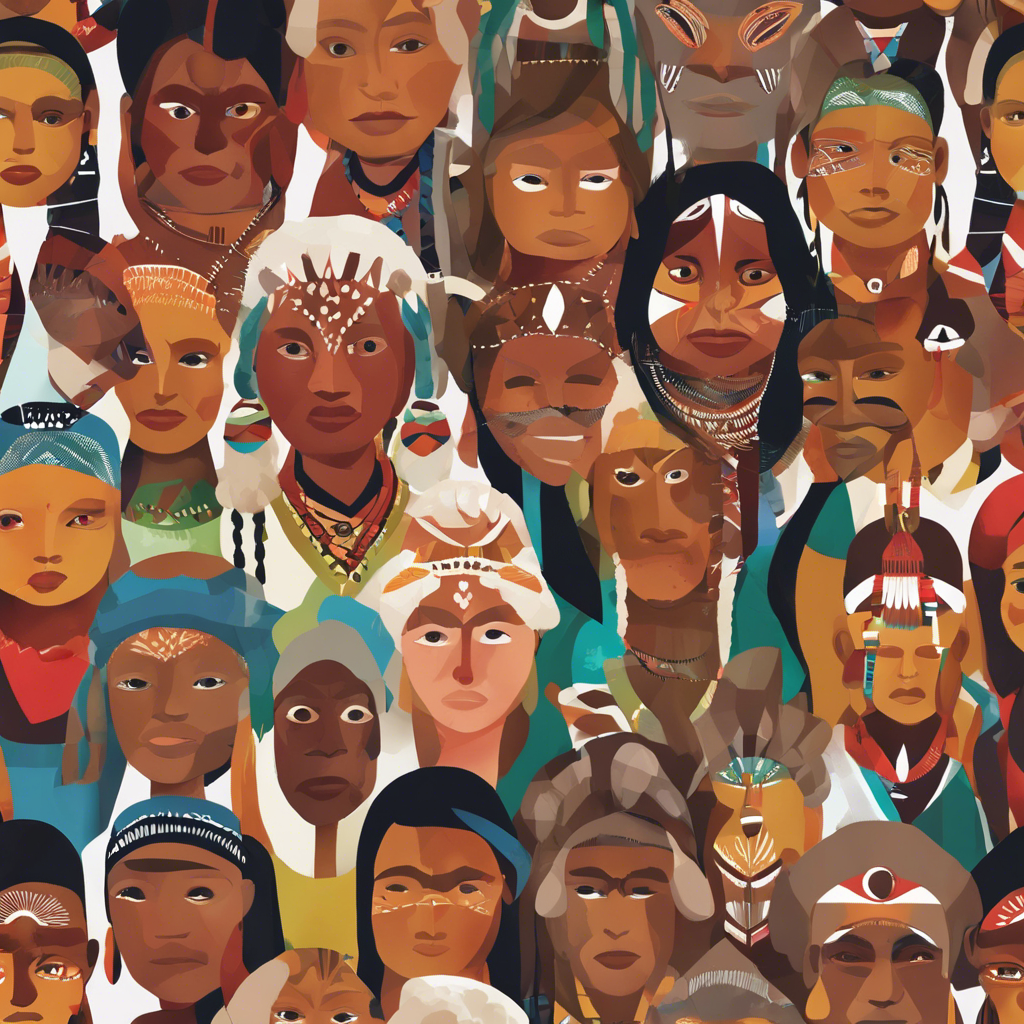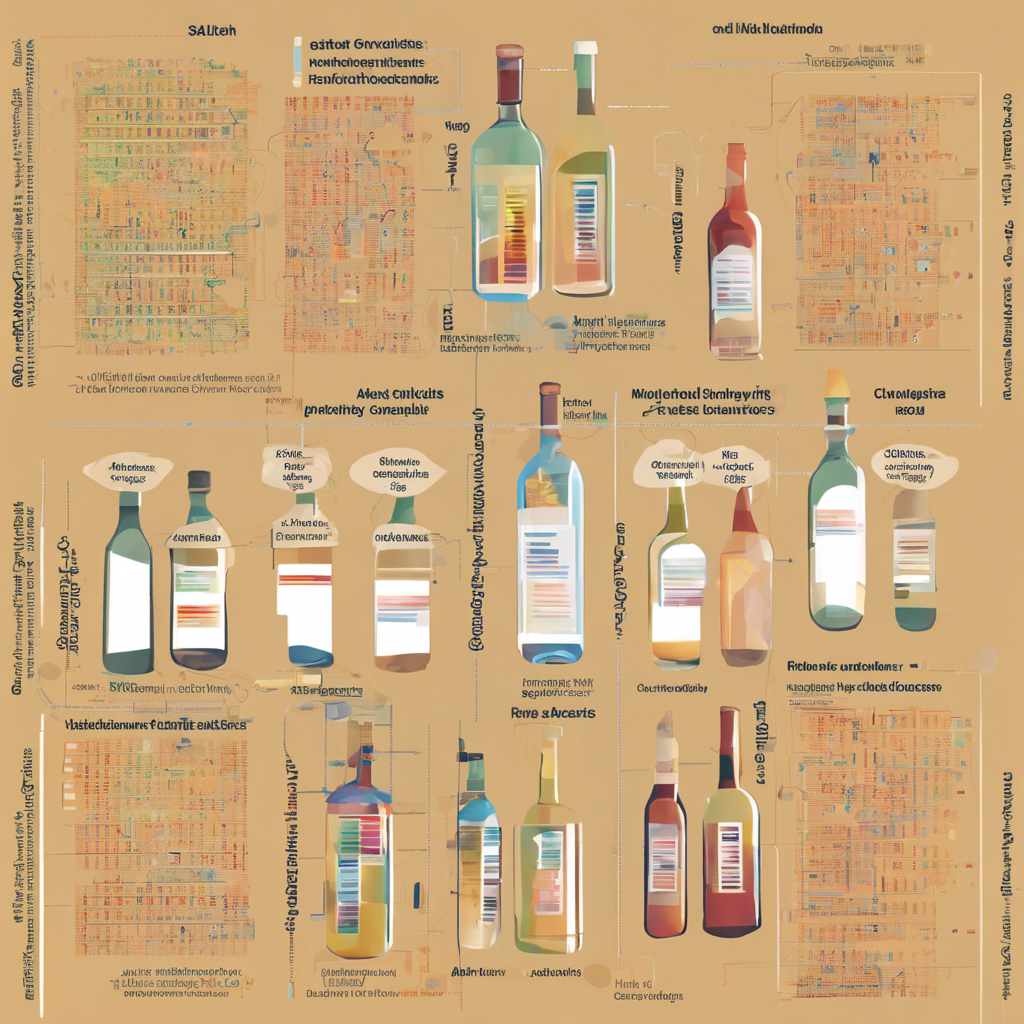A Comprehensive Genome Analysis Unveils the Extraordinary Genetic Variability of Indigenous Australians
Australia, prior to colonisation, was a land inhabited by over 200 distinct nations, each with their own unique cultures, languages, and traditions. Now, a groundbreaking genome analysis has shed light on the genetic diversity of modern Indigenous Australians, revealing a tapestry of separate communities with unparalleled genetic variability. This research not only challenges the notion of a singular Indigenous Australian identity but also highlights the rich and complex history of the continent’s original inhabitants.
Unveiling the Genetic Diversity
The most detailed survey to date of Indigenous Australian genomes has shattered preconceived notions about the genetic makeup of the continent’s First Nations. The analysis reveals that Indigenous Australians possess higher levels of genetic diversity than individuals of European or Asian ancestry. This diversity is a testament to the millennia of separate development that occurred among the various Indigenous communities across the vast Australian landscape.
A Continent of Separate Communities
Contrary to popular belief, there is no homogenous Indigenous Australian population. Instead, the research highlights the existence of numerous genetically distinct communities, each with its own unique genetic makeup. These communities have maintained their genetic diversity over thousands of years, despite the challenges of colonisation and forced assimilation. This finding underscores the importance of recognizing and respecting the individuality and diversity of Indigenous Australian cultures.
Challenging the Notion of Identity
The genetic diversity observed among Indigenous Australians challenges the notion of a singular Indigenous identity. It emphasizes the need to acknowledge and celebrate the rich tapestry of cultures that exist within the continent. This diversity is a testament to the resilience and strength of Indigenous communities, who have managed to preserve their distinct genetic heritage despite centuries of adversity.
Rewriting History
The genome analysis also provides insights into the historical connections between Indigenous Australians and other populations. It reveals that the genetic separation between people in Papua New Guinea and those in Australia occurred much earlier than previously thought. This finding sheds light on the complex migratory patterns and interactions that shaped the history of the region, offering a deeper understanding of the origins of Indigenous Australians.
Implications for Health and Well-being
Understanding the genetic diversity of Indigenous Australians has important implications for health and well-being. Genetic research can help identify specific health risks and tailor healthcare interventions to the unique needs of different communities. By recognizing the genetic diversity and individuality of Indigenous Australians, healthcare providers can work towards delivering culturally sensitive and effective care.
Conclusion:
The groundbreaking genome analysis of Indigenous Australian populations has shattered long-held assumptions and provided a deeper understanding of the continent’s rich history. The research highlights the extraordinary genetic diversity that exists among Indigenous communities, challenging the notion of a singular Indigenous identity. This newfound knowledge not only contributes to our understanding of human history but also has practical implications for healthcare and the recognition of Indigenous rights. It is a reminder of the importance of celebrating and preserving the diverse cultures and genetic heritage of Indigenous Australians, ensuring their voices and contributions are heard and valued.











